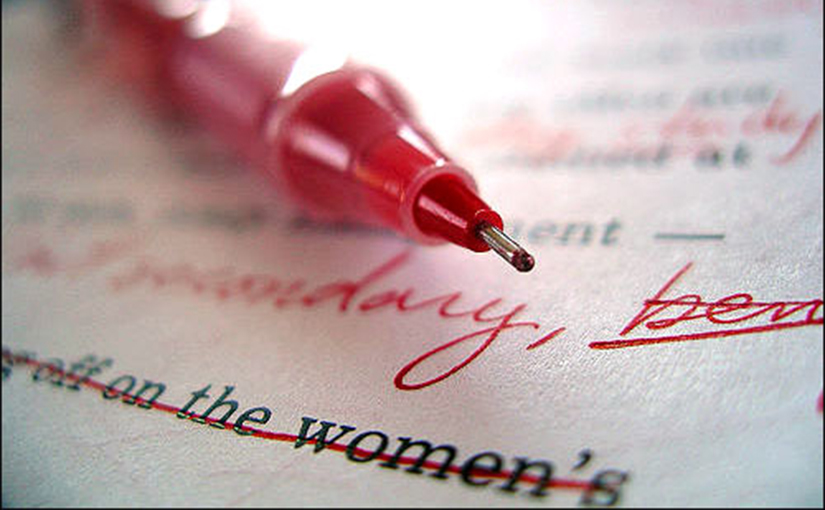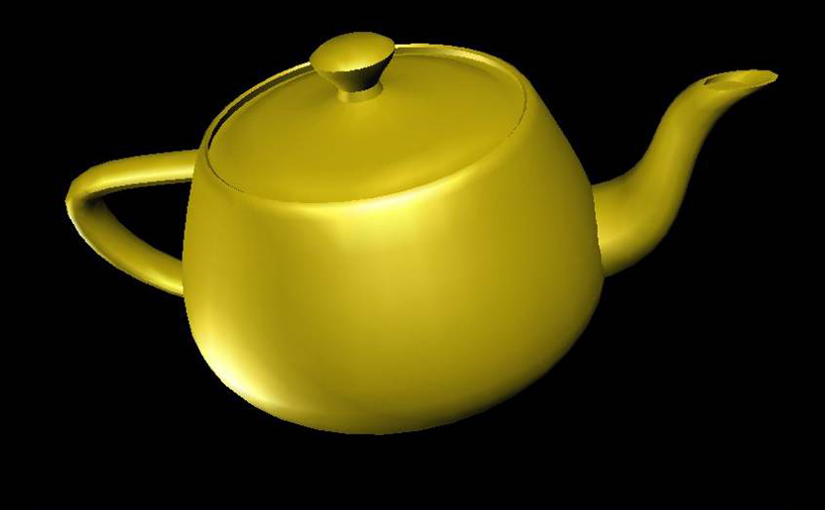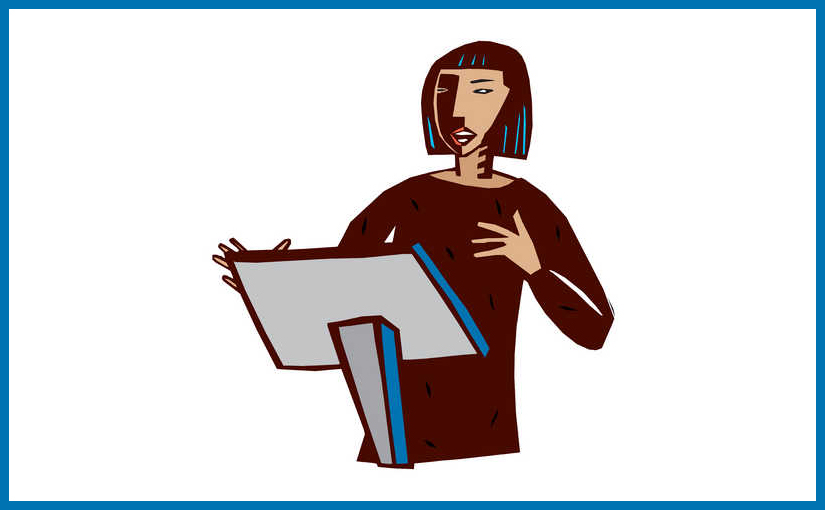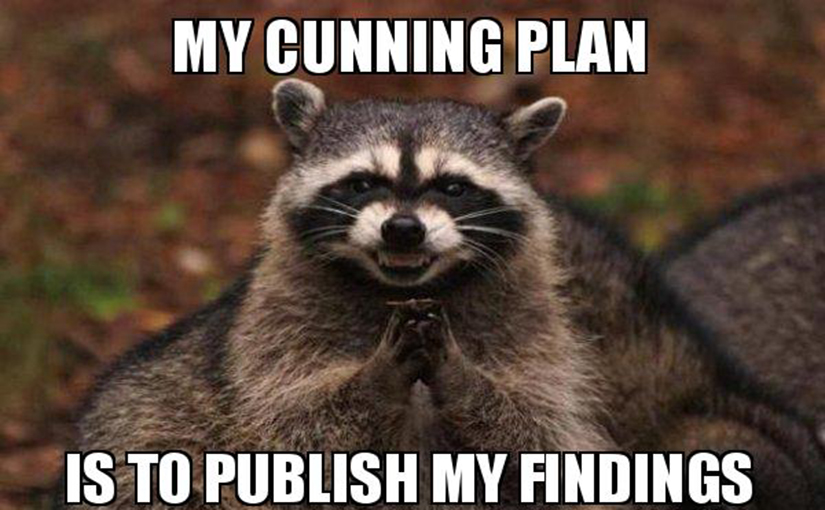This is a list of annual conferences – the places to get your posters and papers into. Attend them whenever possible because these are events where you will meet peers and leaders in your field. Go and do your elevator pitch, network, shake hands and exchange business cards. Some are useful for academics, others for those of you heading into professional life outside academia. *** means useful for non-academic as well as academic networking.
Arts and technology
Transmediale is a Berlin-based festival and year-round project that draws out new connections between art, culture and technology. The activities of transmediale aim at fostering a critical understanding of contemporary culture and politics as saturated by media technologies. In the course of its 29 year history, the annual transmediale festival has turned into an essential event in the calendar of media art professionals, artists, activists and students from all over the world. *** Useful for artists
http://transmediale.de/about
Link that has Call for Papers including special annual PhD workshop.
ISEA International (formerly Inter-Society for the Electronic Arts) is an international non-profit organisation fostering interdisciplinary academic discourse and exchange among culturally diverse organisations and individuals working with art, science and technology. The main activity of ISEA International is the annual International Symposium on Electronic Art (ISEA). *** Useful for artists
http://www.isea-web.org/
Arts and humanities
The Society for Literature, Science, and �the Arts (SLSA) welcomes colleagues in the �sciences, engineering, technology, �computer science, medicine, the �social sciences, the humanities, the arts, �and independent scholars and artists. SLSA members share an interest in problems of science and representation, and in the cultural and social dimensions of science, technology, and medicine. Artist-researchers are well-represented at this conference. Conferences in USA, Europe and Australia every year.
http://litsciarts.org/
The College Art Association (CAA), widely seen in the USA as the preeminent international leadership organization in the visual arts, promotes these arts and their understanding through advocacy, intellectual engagement, and a commitment to the diversity of practices and practitioners. Covers whole range of art history but includes papers by Artist-researchers and those working with new media and technologies.
http://www.collegeart.org/
International Conference Series on the Histories of Media Art, Science and Technology. Biannual conferences on the history of media art within the interdisciplinary and intercultural contexts of the histories of art.
http://www.mediaarthistory.org/
Computer Science
SIGCHI is the premier international society for professionals, academics and students who are interested in human-technology & human-computer interaction (HCI). Check out the annual workshop programme as well as submitting papers or posters to the main conference. *** Useful for programmers http://www.sigchi.org/
ACM Transactions on Computer-Human Interaction (TOCHI) is the flagship journal of CHI — and a premier journal in all of human-computer interaction.
http://tochi.acm.org/
International Conference on Human-Computer Interaction with Mobile Devices and Services, which is the premier forum for innovations in mobile, portable and personal devices and with the services to which they enable access. *** Useful for programmers
http://mobilehci.acm.org/
ACM SIGGRAPH and SIGGRAPH Asia an international community of researchers, artists, developers, filmmakers, scientists, and business professionals who share an interest in computer graphics and interactive techniques. *** Useful for programmers
http://www.siggraph.org/



